ALPERN AT LARGE--As mentioned in a previous CityWatch article, the need to figure out what to spend our tax dollars on is as critical as ever. Raising or cutting taxes willy-nilly makes no sense--the big questions are whether our current taxes are spent well, and if our society wants to focus on a given priority.
It should be remembered that our current state budget is dominated by self-serving public union leaders who are merely hired guns to make some folks wealthy (or at least comfortable) while the rest of us are left to fend for ourselves and work two or more jobs until we drop dead of old age. Our pension budgets … city and state … have not been resolved.
We're spending as much or more on retired pensioners (who deserve to retire well, but not at the unsustainable six-digit-figure-per-year level) as we are on current state employees and their necessary services. It's doubtful that even the average public sector union worker believes that our current pace is sustainable, so it's not so much the unions but their greedy, tone-deaf leaders who have inspired this mess. And, our many less than skilled electeds who allow it to happen.
So the "ginormous" number of state, county, and city tax measures we have to vote on is daunting. Frustrating. Painful even.
In short, it's easy to figure out how to vote this November, because the "money tree" is bare: vote NO on all tax measures (especially with regards to education) with the exception of those addressing transportation/infrastructure.
Of course, it's no secret that I am a transportation advocate, so I may be coming across as a self-serving lobbyist ... except that I don't get paid. I very much AM, however, through my neighborhood council and other grassroots experience, familiar with the needs and outcries of the voting public.
Education dollars are being horribly misspent, as are so many health, welfare, homeless and other vital issues that merit BETTER spending, not MORE spending.
So why the big exception for Transportation/Infrastructure? It's simple: the demand is critical, and our health and economy (which pays for everything) is on the line. And our transportation departments, at virtually all government levels (with perhaps the exception of the high-speed rail folks), are pretty efficient.
Here are a few key issues with respect to local and regional transportation, particularly Measure M, the LA County transportation sales tax measure (VOTE YES!!!):
1) With state leadership and federal funds drying up, local cities and counties are having to make up and take the lead on any transportation planning, funding, and construction.
If it makes you feel any better, this governor and his high-speed-rail-at-the-expense-of-all-other-transportation-priorities will be out of office in two years. And both Trump and Clinton have promised more annual spending, with a strong prioritization in our government, to rebuild and expand our transportation/infrastructure, if they are elected.
2) Did the Expo and Foothill Gold Lines prove successful? YES.
Expo Line ridership is years to decades ahead of ridership hopes, and the whole San Gabriel Valley can't wait to have a full Foothill Gold Line to Montclair, which is at the eastern edge of the Inland Empire. Planning/drafting for the Glendora to Montclair extension is ahead of schedule.
Meanwhile, the Rams are enjoying a heavy Expo Line ridership to their games, and it's blatantly obvious that any future Olympic or pro sports teams playing at the Coliseum, near Staples Center, or anywhere Downtown will benefit from the Expo Line and the future Downtown Light Rail Connector (which will make our countywide rail network just that...a network).
3) Did the City of Los Angeles, LA World Airports, and Metro get their act together for better airport operations?
Yes, yes, on my Sweet Lord, YES! After witnessing an adversarial impasse for decades, the City and its LADOT, the County and its Metro, and the LA World Airports planners are a team!
Whether it's the Olympics, the need to have a better economy, or just common sense, the Crenshaw/LAX Light Rail Line and the LAX People Mover to connect Metro to the terminals, are both approved and will be done by a potential 2024 Olympics.
Furthermore, LA World Airports backed off an unnecessary LAX northern extension that would have trashed current and future Westside transportation efforts, and is doing work to improve the flight and connection experience in an efficient and cost-effective manner.
4) Does the County of Los Angeles, and its cities, want more transportation funding? YES!
The South Bay Cities want the Green Line extended to South Torrance, and for planning to commence ASAP to connect the Green Line, San Pedro, and the Blue Line.
As aforementioned, the San Gabriel Valley Cities want their Gold Line extended ASAP to the San Bernardino County border (and probably en route to Ontario Airport).
The Southeast/Gateway Cities want a Green Line/Santa Ana PE Right of Way connection to the Orange County border ASAP, and there is an increased interest in the lost-but-not-forgotten Green Line extension to the Norwalk Metrolink station (and to the Orange/Riverside Counties' Metrolink network).
The San Fernando Valley wants its successful Orange Line Busway converted into a light rail (regardless of past lost opportunities to have it built as a light rail in the first place) and both the Westside and San Fernando Valleys are ready for both the Wilshire and Sepulveda Subways to be built and carry hundreds of thousands of passengers a day on both sides of the mountains.
A northern extension of the Crenshaw/LAX Light Rail Line to the Purple and Red Lines is as popular as ever, and after the LAX/Metro Rail connection is created there will be undoubtedly a resurgence of interest in the unused Harbor Subdivision Right of Way from Inglewood to the Blue Line and Union Station, and create another "Downtown Connector" via a southeast Downtown that is ripe for commercial and residential development.
In short, the economic and mobility opportunities abound for Measure M to be passed, and it is therefore a tax measure that is among the most worthy--if not THE most worthy tax measure this November.
It is no wonder that the LA Times and all chambers of commerce favor passage of Measure M.
Yet the abject failure of the City of Los Angeles to devote enough road and sidewalk repair in its budget, and the failure of Metro to accommodate sufficient parking for its rail lines, and the lack of freeway priorities are strong arguments against Measure M.
But it should be remembered--and this is critical--that the main argument against Measure M is that it doesn't fund enough. The unmet needs of the different regions of the county, and the unmet needs to repair and upgrade our streets, freeways, sidewalks, etc., all scream for better state and federal matching efforts.
Which makes the bold passage of Measure M as timely as ever.
Which makes the need for Sacramento and Washington to do their fair share as timely as ever.
Which makes the need to stop the garbage/pandering spend-a-holic ways of our state and federal governments as timely as ever, and focus on the basics--our roads, rail lines, mobility, and economy.
Stop making a few comfortable, and stop barfing out money on military, education, social service and other efforts that are being spent poorly, and use efficiency in those other sectors to pay for the most vital of our governmental services.
Money does NOT grow on trees. Where we spend poorly, we need to spend more efficiently--and to Hades with those who are prospering at our collective expense ... because our taxes are OUR money to spend on. And if we are in need of spending more on unmet and popular priorities, then we should do just that.
Vote YES on Measure M, and with virtually no exception Vote NO on all other city, county, and state tax measure come this November!
(Ken Alpern is a Westside Village Zone Director and Board member of the Mar Vista Community Council (MVCC), previously co-chaired its Planning and Outreach Committees, and currently is Co-Chair of its MVCC Transportation/Infrastructure Committee. He is co-chair of the CD11Transportation Advisory Committee and chairs the nonprofit Transit Coalition, and can be reached at [email protected]. He also co-chairs the grassroots Friends of the Green Line at www.fogl.us. The views expressed in this article are solely those of Mr. Alpern.)
-cw

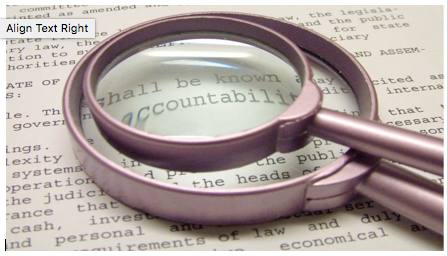

 "Historically, megadroughts were extremely rare phenomena occurring only once or twice per millennium," the study observes. "According to our analysis of modeled responses to increased [greenhouse gas emissions], these events could become commonplace if climate change goes unabated."
"Historically, megadroughts were extremely rare phenomena occurring only once or twice per millennium," the study observes. "According to our analysis of modeled responses to increased [greenhouse gas emissions], these events could become commonplace if climate change goes unabated."

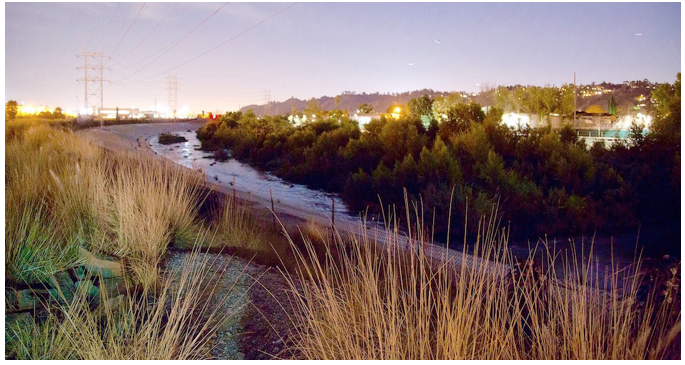
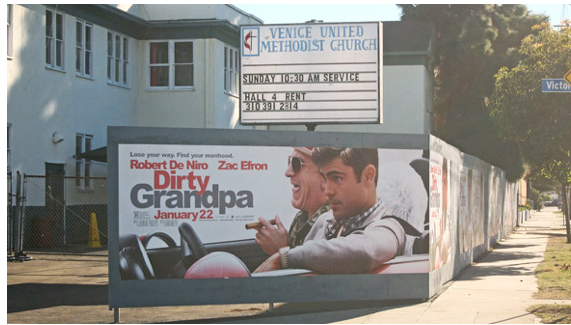

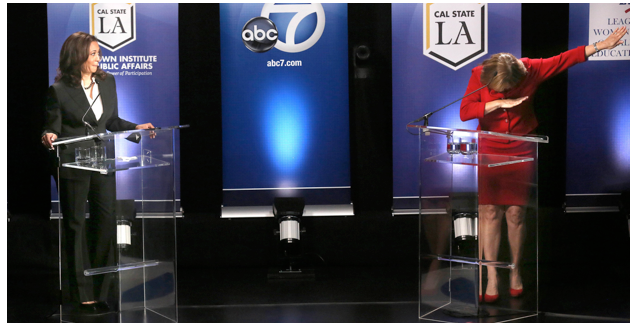
 Word salad Sanchez: For her part, Sanchez was smarmy, scatterbrained, snarling and sarcastic. At least her self-dramatic digressions were long-winded. To her credit, she did roll out an entertaining series of creative gestures to distract from her semi-coherent verbal frolics, at one point forming a little hand puppet mouth while saying that Kamala was all talk and no action, and, at another, shooing the air in her foe’s direction, like a fairy princess dismissing the wicked witch from her kingdom. Sadly for Sanchez, Harris totally clobbered her on her
Word salad Sanchez: For her part, Sanchez was smarmy, scatterbrained, snarling and sarcastic. At least her self-dramatic digressions were long-winded. To her credit, she did roll out an entertaining series of creative gestures to distract from her semi-coherent verbal frolics, at one point forming a little hand puppet mouth while saying that Kamala was all talk and no action, and, at another, shooing the air in her foe’s direction, like a fairy princess dismissing the wicked witch from her kingdom. Sadly for Sanchez, Harris totally clobbered her on her 



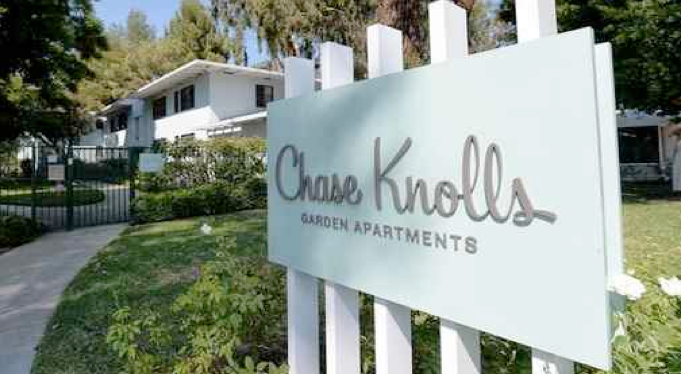

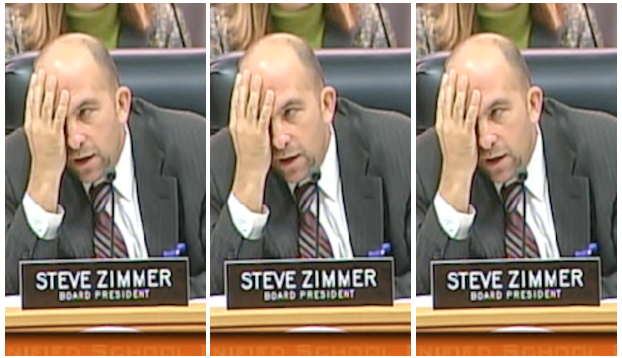
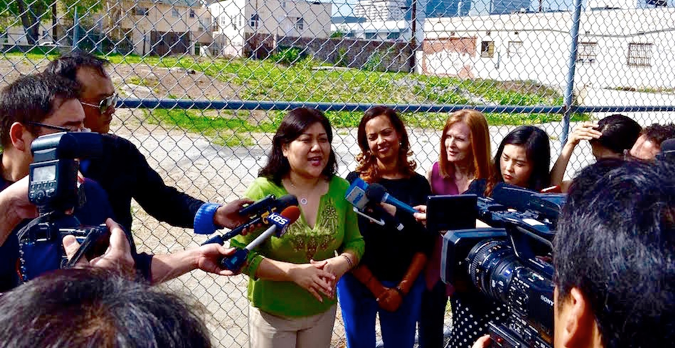
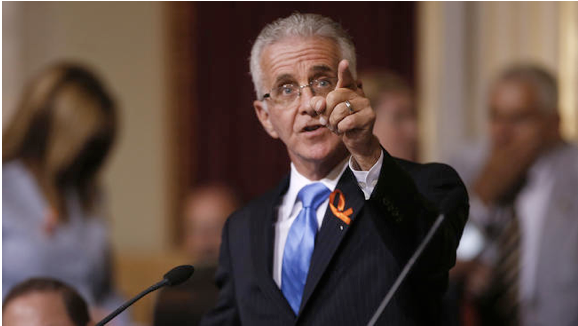
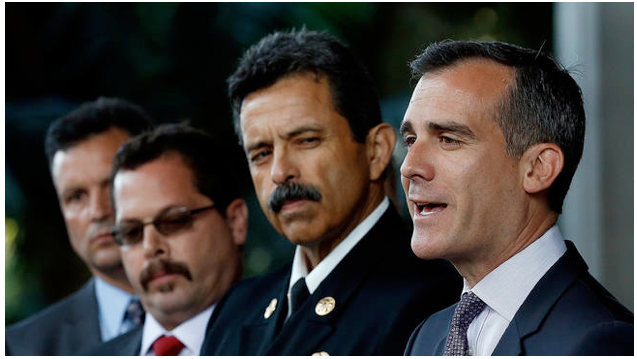
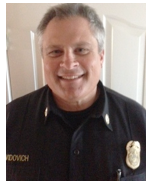 Vidovich (photo left) was hardly alone in his efforts to expose the corruption. Among the good guys is Captain Duc Nguyen, who discovered one Inspector allegedly putting in for 150 different inspections at a swap meet that had a single address.
Vidovich (photo left) was hardly alone in his efforts to expose the corruption. Among the good guys is Captain Duc Nguyen, who discovered one Inspector allegedly putting in for 150 different inspections at a swap meet that had a single address. 















